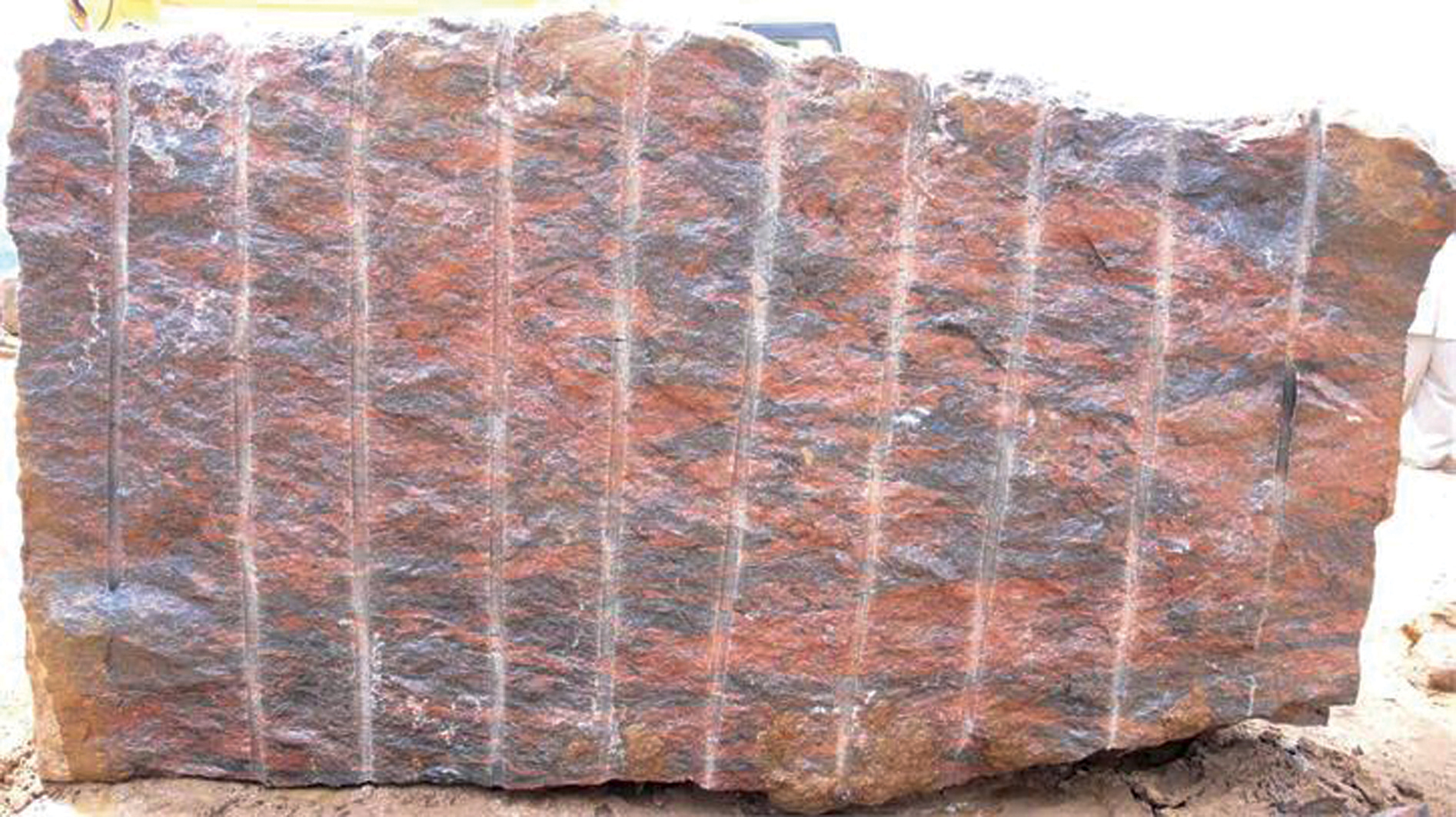The Concealed Treasures: Exploring Granite Quarries in South Africa
The Concealed Treasures: Exploring Granite Quarries in South Africa
Blog Article
Uncovering the Rich History and Sustainable Practices of Granite Quarrying
As we depend on the precipice of discovering the intricate tapestry of granite quarrying, a trip via time exposes not simply the physical act of drawing out stone yet also the social and historic relevance woven right into the extremely fabric of this practice. From the ancient origins that laid the structure for contemporary quarrying methods to the sustainable techniques that are shaping the future of this sector, each sculpt mark on granite surfaces narrates waiting to be unearthed (granite quarries in south africa). The tradition of granite quarrying extends far past plain extraction; it is a testament to human resourcefulness, strength, and the enduring allure of this marvelous rock
Ancient Beginnings of Granite Quarrying
Dating back to ancient civilizations, the method of quarrying granite has actually been an integral component of human history and architectural innovation. The earliest proof of granite quarrying days back to ancient Egypt, where massive pyramids and intricate sculptures were crafted from this resilient stone. The Egyptians used primitive tools to draw out granite blocks from quarries, showcasing the value of this material in their huge building and constructions.
Progressing in history, the Greeks additionally made substantial payments to the quarrying of granite. The Greeks utilized granite in different building wonders, such as temples and statues, showing their ability in shaping and carving this sturdy rock. The Romans further refined the methods of quarrying granite, using advanced devices like blades and hammers to essence and form granite for their legendary frameworks.
With the centuries, the practice of quarrying granite has actually developed, with modern-day innovations enhancing effectiveness while preserving the ageless charm of this natural stone - granite quarries in south africa. From ancient human beings to modern building contractors, the legacy of granite quarrying remains to shape our globe
Development of Quarrying Strategies
The development of quarrying methods has actually been marked by a constant development towards better efficiency and precision in removing granite. Early quarrying techniques included manual labor with standard tools such as knives, hammers, and wedges to extract granite blocks from the planet.
In even more current times, the development of equipment revolutionized the quarrying market, making it possible for faster extraction prices and boosted performance. Technologies such as diamond cable saws, high-pressure water jets, and pneumatic drills have ended up being standard in contemporary quarries, allowing for accurate cutting and decreased waste. Developments in computer-controlled tools and 3D modeling have enhanced quarrying procedures, leading to marginal ecological influence and boosted sustainability methods. As the need for granite continues to increase, the evolution of quarrying techniques stays essential to meeting market needs efficiently and sustainably.
Social Value of Granite
Granite holds an extensive social relevance across numerous people due to its long-lasting presence in building work of arts and revered monuments. From the magnificent pyramids of Egypt to the complex makings of the Angkor Wat holy place in Cambodia, granite has been a product of Home Page choice for revealing majesty and long life in social heritage. In ancient Rome, granite columns decorated temples and public structures, signifying toughness and durability. The social importance of granite expands beyond its physical characteristics; it symbolizes strength, stability, and timelessness, making it an icon of withstanding heritages and practices.

Sustainable Practices in Quarrying
In the middle of the rich background of granite quarrying and its cultural relevance lies an expanding focus on sustainable practices within the sector. As environmental recognition and problems regarding resource exhaustion have heightened around the world, the quarrying market has significantly welcomed lasting techniques to lessen its effect on the setting and surrounding neighborhoods.

Additionally, reclamation and rehabilitation of quarry sites post-extraction are integral to sustainable practices. By restoring quarried areas to an all-natural or advantageous state, such as producing wild animals habitats or leisure areas, quarriers can counter the ecological footprint of their procedures and add positively to the regional ecosystem.
Tradition of Granite Quarrying
With a historic background steeped in workmanship and industrial progression, what enduring influence has granite quarrying left on the landscape of modern culture? The tradition of granite quarrying transcends plain removal techniques; it has actually shaped anonymous architectural wonders, urban landscapes, and social heritage worldwide. The durable nature of granite has made it a recommended choice for monuments, structures, and facilities, standing as a testimony to the ability and virtuosity of quarry workers across generations.
Furthermore, the financial footprint of granite quarrying can not be forgotten. The market continues to offer job opportunity and drive local economic situations in areas where granite extraction prevails. It has actually likewise stimulated technological improvements in find out here now quarrying strategies and equipment, leading to much more reliable and lasting techniques.
In terms of sustainability, the tradition of granite quarrying includes efforts to reduce environmental impacts with recovery tasks and liable resource administration. By balancing economic interests with environmental stewardship, the market makes every effort to make sure that future generations can continue to profit from this long-lasting all-natural resource.
Final Thought

Report this page